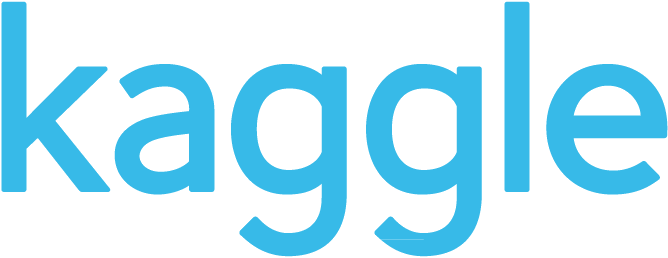
Kaggle, A Web-service that provides major datasets and encourages Data Science enthusiasts to develop, learn, code and compete. We learners deploy our competitive skills on Machine Learning and Artificial Intelligence through Kaggle. It provides enormous datasets in various fields and one cannot train an AI model without the datasets being acquired from it.
However, Kaggle does not provide few datasets which the learners actually require. Sometimes, it is so that the Learners set out in search of data. Nevertheless, They face problems of gathering and labelling the entity.
So, What’s the solution?. And what’s the easiest way of Collecting them?
The technology is rapidly growing and more of Artificial Intelligence is brought into consideration. Meanwhile, many programmers have shifted their attention towards developing new AI models which could react to certain circumstances with right decisions. Eventually, This could simplify the complexity of solving most problems.
In that context, The most prominent step to train an AI model is to gather much data. Then, the data is preprocessed and trained with appropriate Algorithms to make an efficient model.
If you are starting a New Project on computer vision and you wish to create custom datasets on your mobile, it’s easy.
The app is available on Play store.
This can be easily performed. It basically consists of the following steps,
- Sign-in to your drive.
- Create a new project.
- Specify the type of Predictive model.
- Mention the Features.
- Capture Images
- Label the entity
- Find your datasets on Drive.
Besides Gathering and creating custom Dataset, Additional features have also been implemented, such as.
- Status Bar
Green Background ensures that the user has a stable Internet Connection.
Meanwhile, the following
Indicates that the device is not connected to internet.
And the Following…
2. Low Data Mode
This feature enables the application to upload data to drive only when the device is connected to Wi-Fi. This ensures less data is consumed during execution.
3. Consistency check
This feature ensures no data is lost while uploading and writing CSV File to drive.
4. Binary Classification and Image Regressor
Presently, Binary Classification and Image Regressor are supported.
and more..
Using this Application is very simple!
As mentioned,
- Sign-in to Drive.
- Create a new project with Title, type of Predictive model and Features.
- On completion, It creates a new folder on drive (Under the Application folder, Namely “Dataset Directory”).
- An Image Folder and a CSV file will be created as an initial step inside Project Folder.
- The Entity labelled will be present in the CSV file and Images in the folder, respectively.
- Voila!, Now you’ve your Custom Datasets on your Drive which can be used to train AI models.
As a beginner in Android development, I faced many issues like, Integrating Application with GDrive, capturing, labelling the entity, data loss and a lot more….
Well, in the end I was left with many bugs and it took me a lot of time, rectifying it. Though, It was difficult in coding, Individually!.
As far as I am concerned, This Application is still bundled with bugs and it requires a lot of time to clear it out.
Suggestions and Queries are most welcome! Please do not hesitate to leave a comment or drop an E-mail.
